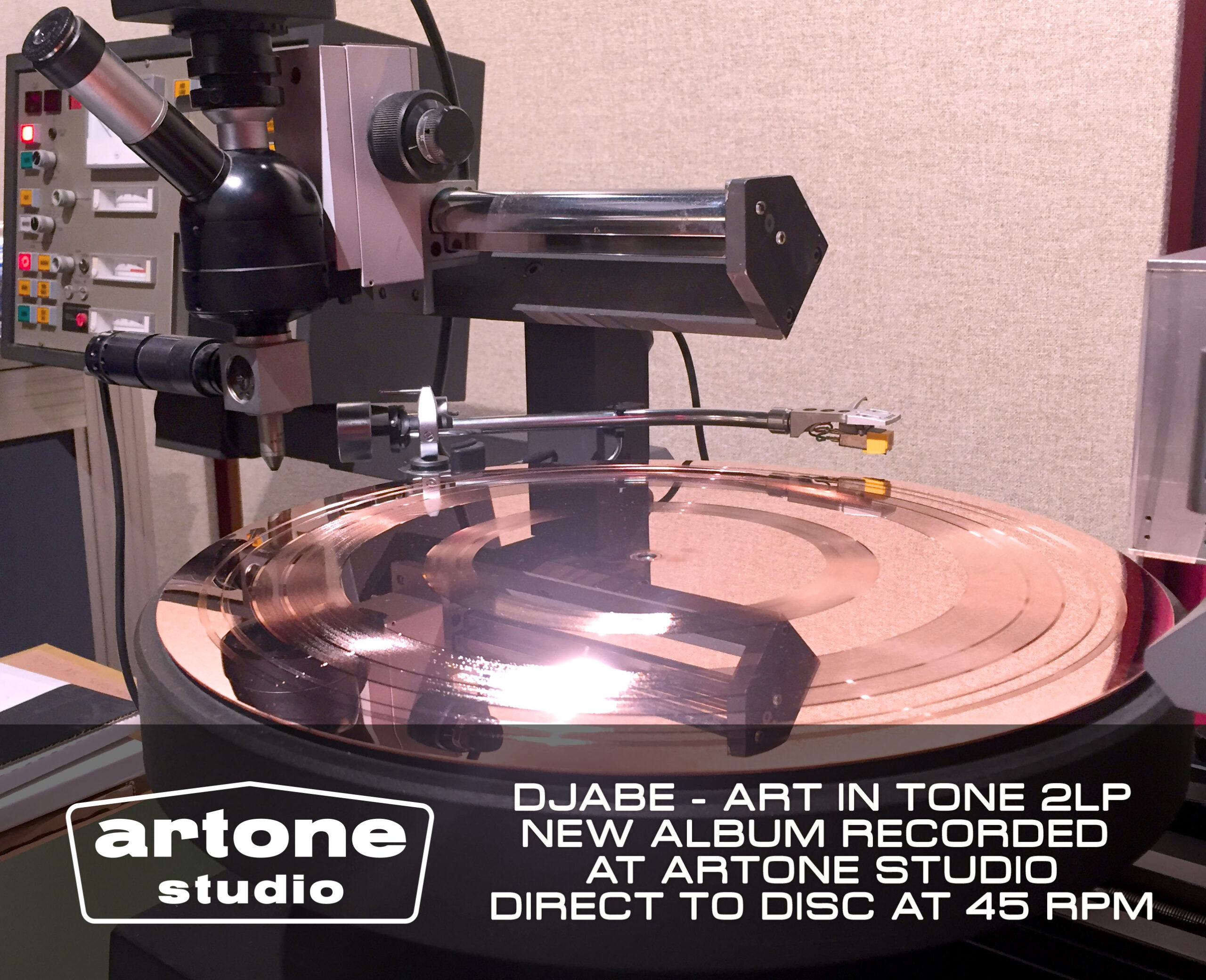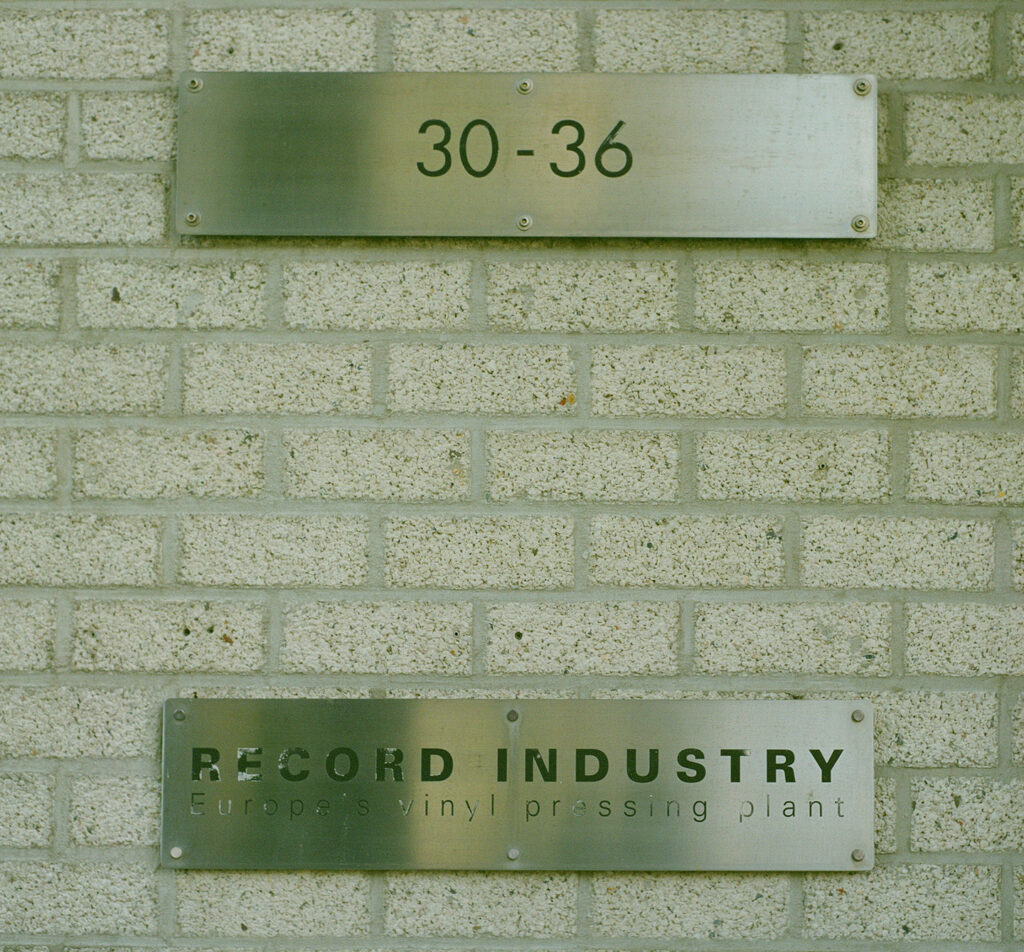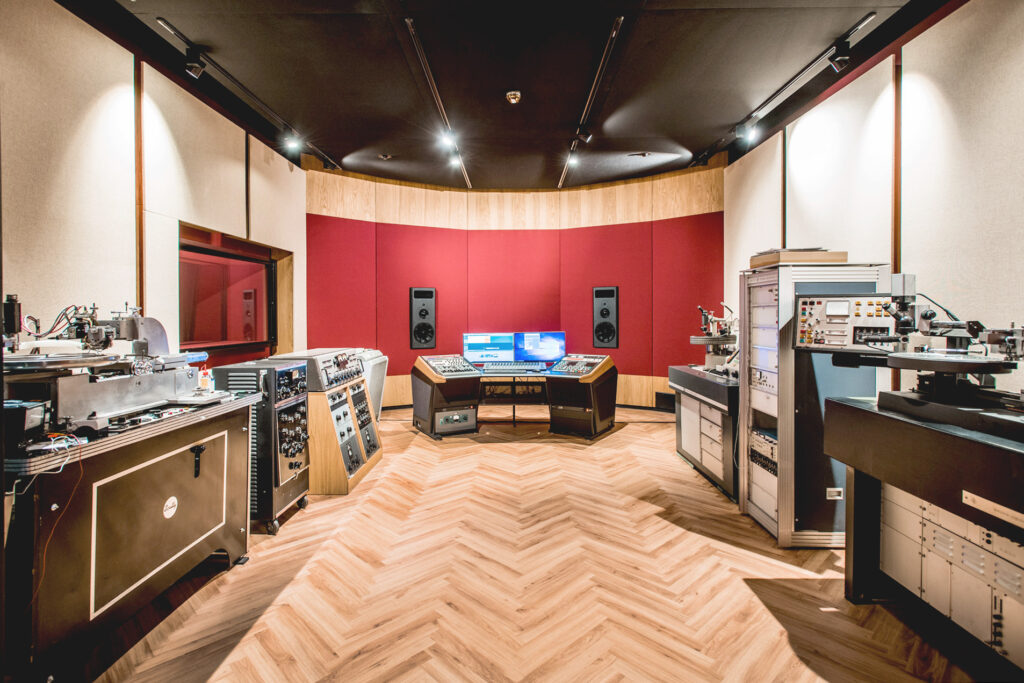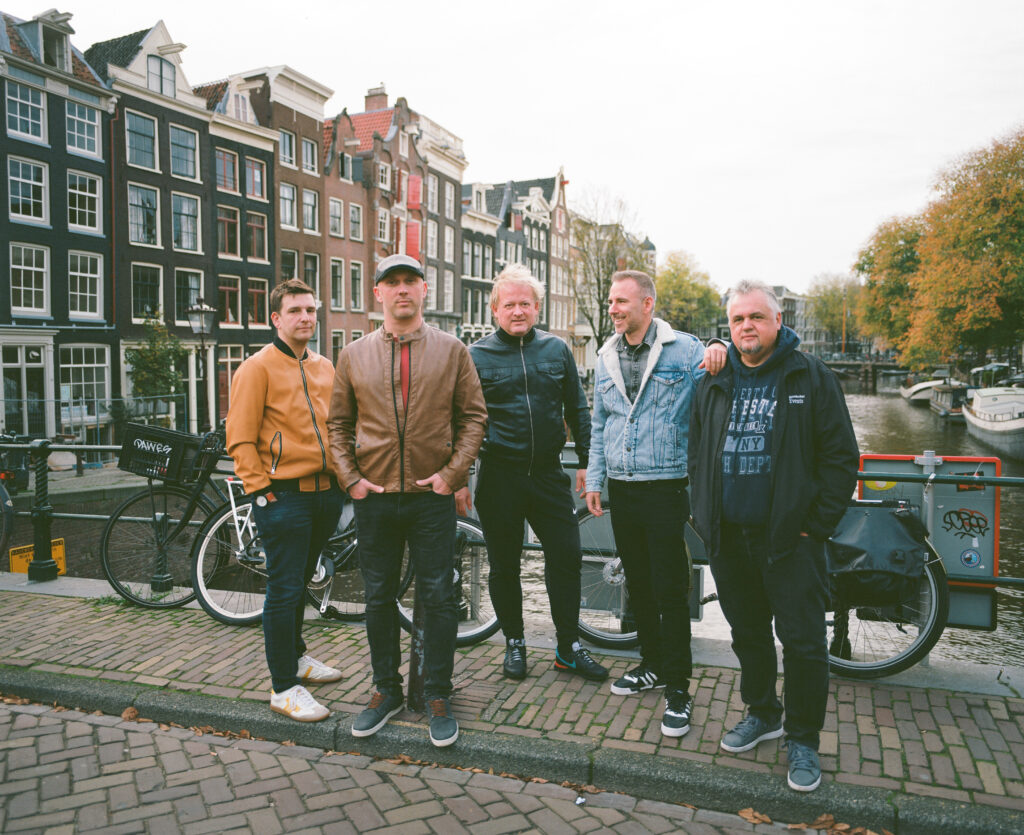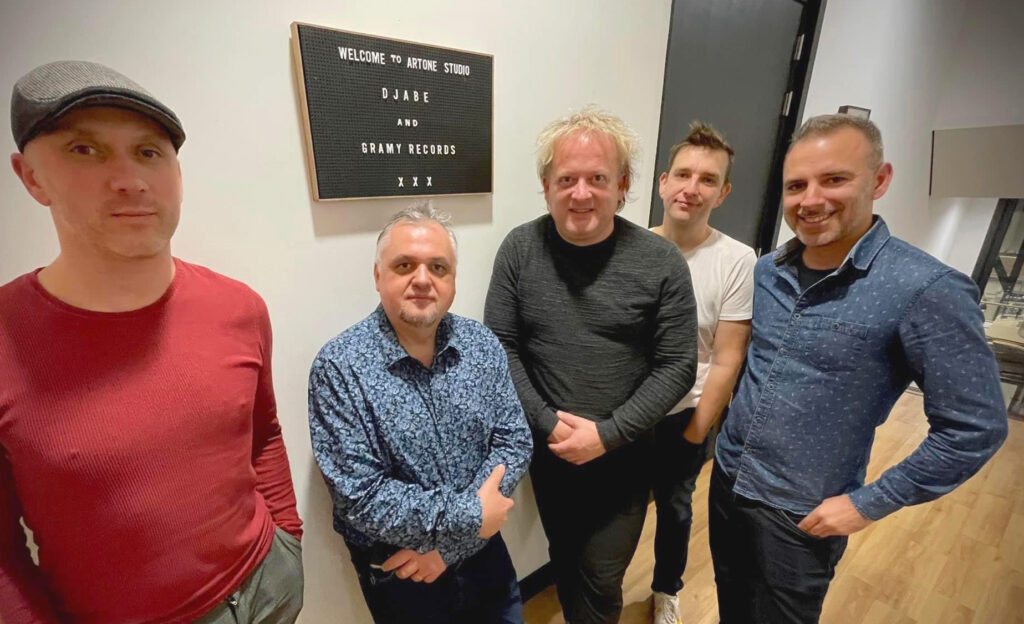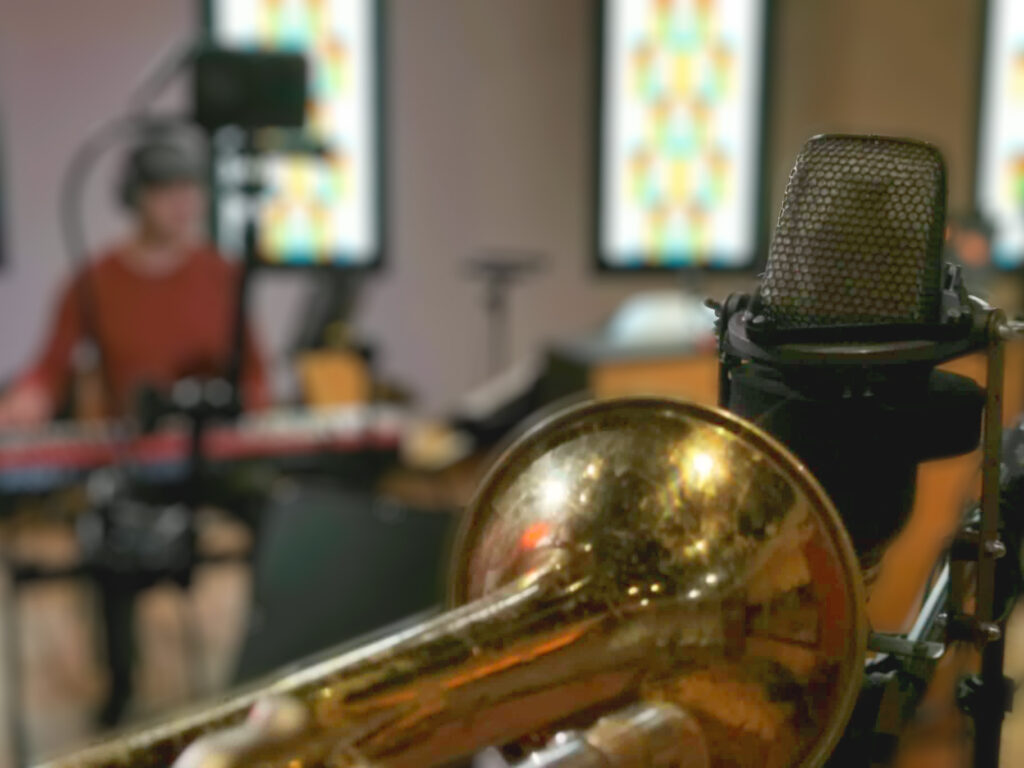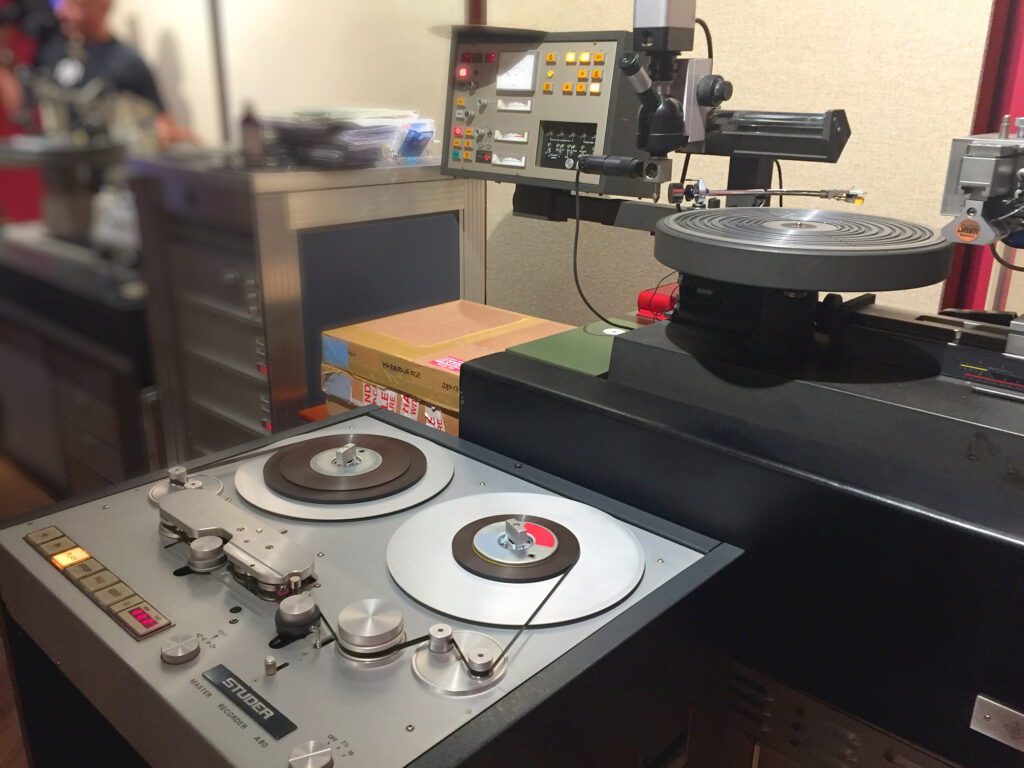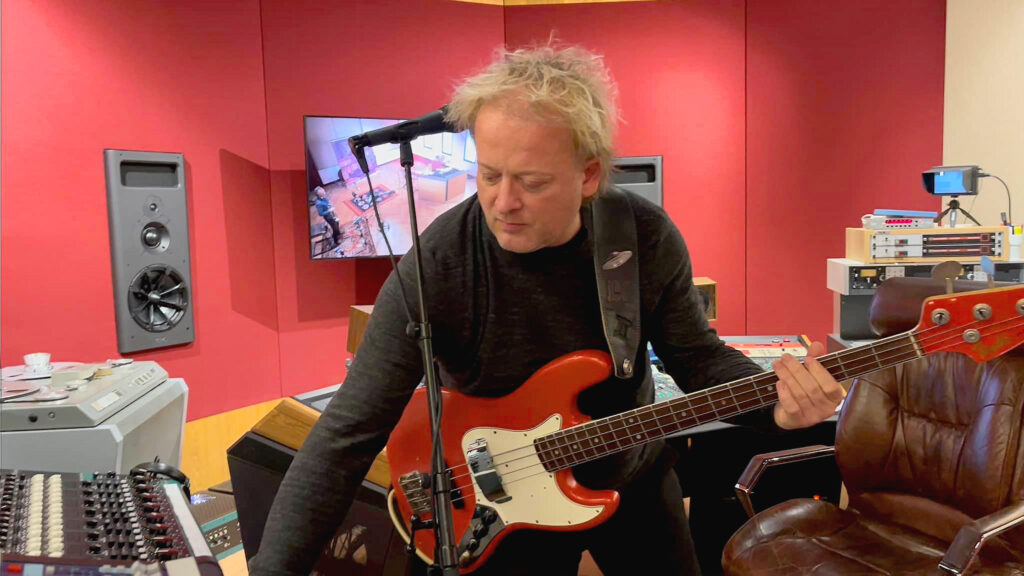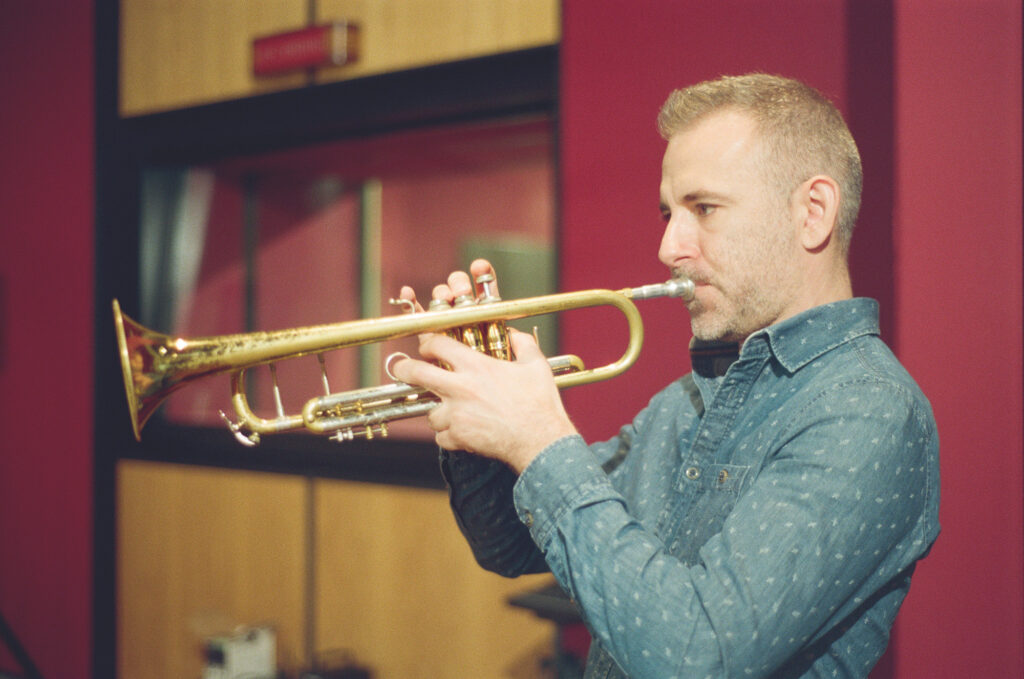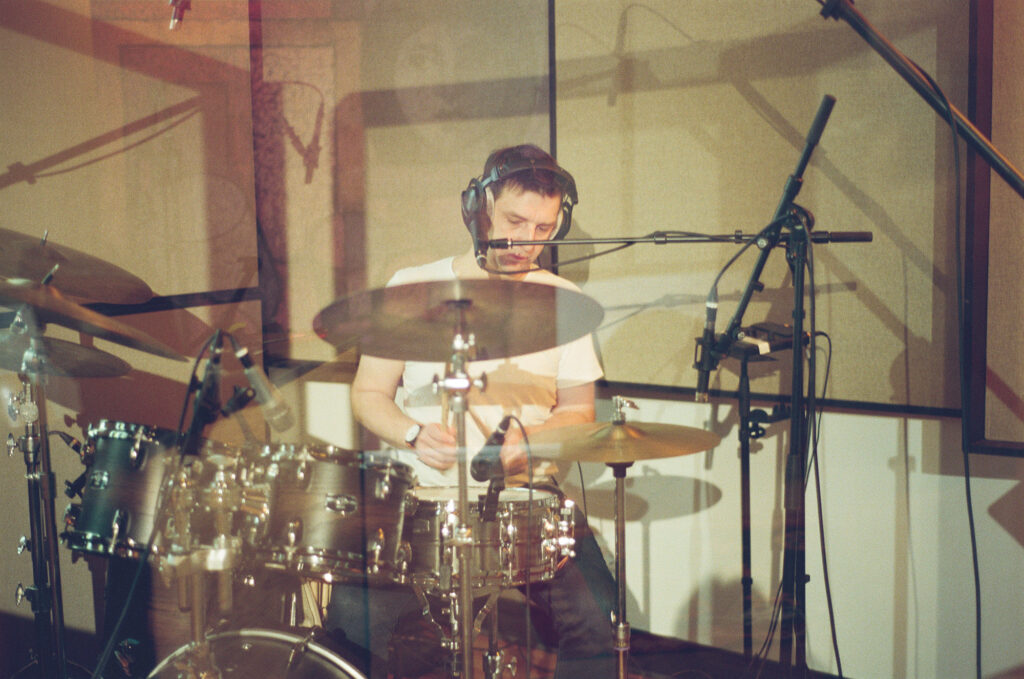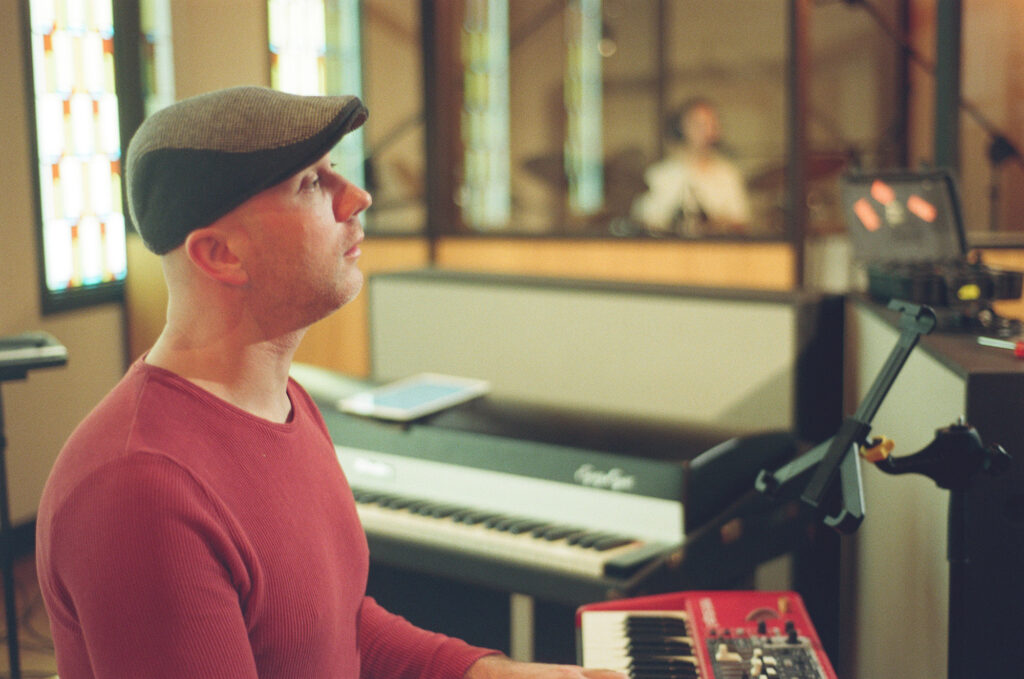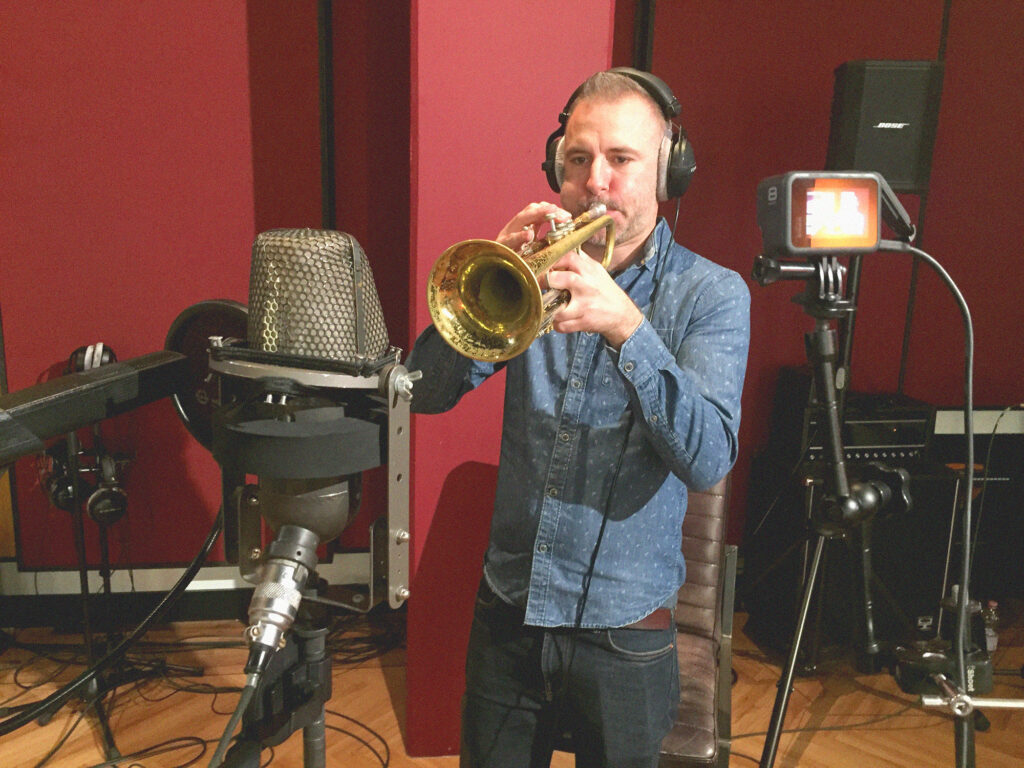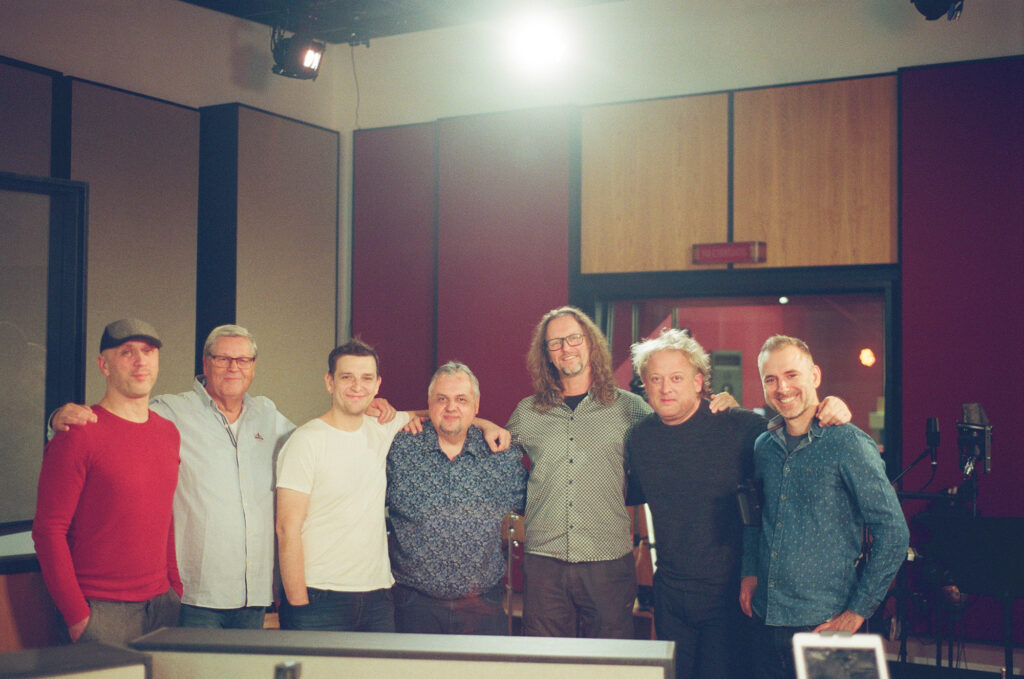Djabe – Art In Tone – 2LP / 45RPM
Barabás Tamás – bass guitar, sound engineer
Égerházi Attila – classical and electric guitar
Koós-Hutás Áron – trmpet, flugelhorn
Kaszás Péter – drums, vocal
Bubenyák Zoltán – keyboards
Rinus Hooning – mastering engineer
Martijn Schouten – sound engineer
Szalay Tamás – cameras
As a listener, record label manager and musician, I’m a devoted fan of a excellent and perfect sounding releases. In the last few years the High-End quality records came out under my label, Quality Vinyl Projects earned very positive reviews and recognition. Services of QVP (qvp.hu) were hired by other artists like Mezzoforte, Android, Solati Music and Alapi besides
Djabe and Djabe & Steve Hackett.
QVP has defined three important criteria as the cornerstone of quality record producing. The first is to make a high-quality sound recording, from the session via mixing to mastering. The second is the perfect lathe cutting. Since this is a task that requires a lot of experience and expertise, we must pay attention to whom we entrust this task to. The third is high-quality pressing and quality control.
In the case of Djabe vinyls, in our own studio under the leadership of Tamás Barabás, we have always paid attention to making high-quality recordings, in many cases onto analog tape. The Djabe mix and masters come out of Tamás’s hands was already praised by the engineers of London’s Abbey Road Studios 25 years ago. In the case of the half-speed cuts ordered between 2017 and 2019 in the Beatles’ former sanctuary, the world-renowned mastering and record cutting engineer Miles Showell already spoke highly of the master tapes used for the cuts.
In 2015, after trying several other factories, I contacted Record Industry in Haarlem, Holland. It soon became clear that I had started working with the best factory in Europe. They have been working continuously since the 1950s, and their professionals have extraordinary experience in both cutting and pressing. All of this was confirmed by Miles Showell during our conversations at the Abbey Road Studios. He referred to Record Industry’s senior sound engineer, Rinus Hoonig, as a kind of compass for record cutting professionals. Rinus has been responsible for the cutting of Djabe records since 2015, and we are particularly pleased that he became a Djabe fan in the meantime. By the way, Rinus has been cutting records since 1973. He knows everything about cutting can be known.




